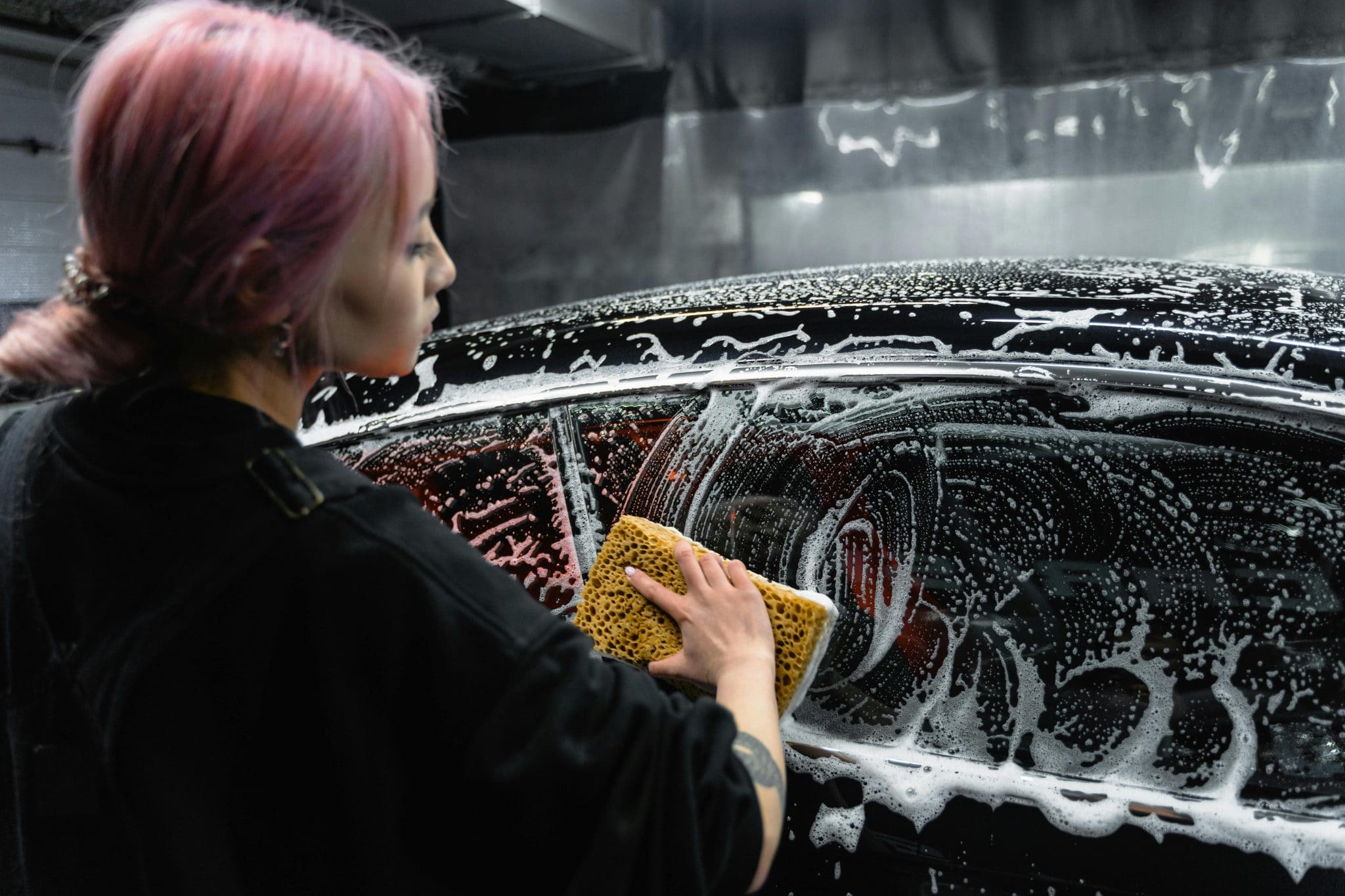Automotive Collecting Psychology: Why People Hoard Cars
Have you ever wondered why some people can’t seem to get enough of collecting cars? They spend countless hours and a fortune finding, maintaining, and displaying their beloved vehicles. While some may view it as just a hobby, there’s actually a deeper psychology behind the phenomenon of car hoarding.
The Allure of Automotive Collecting
It’s no secret that cars are more than just a mode of transportation – they are symbols of status, style, and personality. People often form emotional attachments to their cars, seeing them as an extension of themselves. This emotional connection is a key factor in the appeal of automotive collecting.
Collecting cars also brings a sense of accomplishment and nostalgia. For many, it’s a way to relive their childhood dreams of owning their favorite classic car. Owning a rare or exotic car can also be seen as a status symbol, and the satisfaction of owning something that few others have can be alluring.
The Psychology Behind Car Hoarding
So why do some people take their love for cars to the extreme and hoard them? It may stem from a psychological condition called hoarding disorder. Those with this disorder have difficulty parting with possessions, feeling a strong need to keep and collect items regardless of their value or usefulness.
In the case of car hoarding, the objects of obsession are automobiles. The hoarder may feel a sense of comfort and security in surrounding themselves with their cars, seeing them as extensions of their identity and self-worth. The fear of losing or getting rid of their cars can lead to anxiety and distress, causing them to continue collecting more and more.
The Role of Nostalgia and Sentimentality
In addition to hoarding disorder, nostalgia and sentimentality can also play a role in car collecting. Many collectors have a deep emotional attachment to their vehicles, often related to happy memories of the past. The cars may remind them of a simpler time, or a loved one who introduced them to the world of cars.
This sentimental value can also be passed down through families, with many collectors inheriting their love for cars from their parents or grandparents. It becomes a way to honor their family legacy and continue the tradition of collecting.
The Highs and Lows of Car Collecting
While collecting cars can bring a sense of joy and fulfillment, it also has its downsides. Maintaining and storing a large collection of cars can be a logistical nightmare. It requires a significant amount of time, space, and money to keep the cars in top condition.
Collectors may also face criticism and stigma from those who view their passion as excessive or frivolous. This can lead to feelings of shame and isolation, causing hoarders to become even more attached to their cars as a source of comfort and validation.
The Fine Line Between Collecting and Hoarding
It’s important to note that there is a fine line between collecting cars and hoarding them. While hoarding disorder is a clinical condition, the love for collecting cars is not necessarily pathological. It becomes a problem when the hoarding interferes with daily life and causes distress to the individual and their loved ones.
It’s vital for collectors and their families to recognize the signs of hoarding disorder and seek professional help if needed. With proper treatment, individuals can learn to manage their need to collect and find balance in their love for cars.
In Conclusion
In the world of automotive collecting, there’s a delicate balance between passion and obsession. The allure of cars, combined with deep emotional connections, can lead some to hoard them. While car hoarding may stem from psychological conditions such as hoarding disorder, it’s important to remember that collecting cars can also bring joy and satisfaction to many. As with any hobby, moderation and self-awareness are key to finding a healthy balance.










